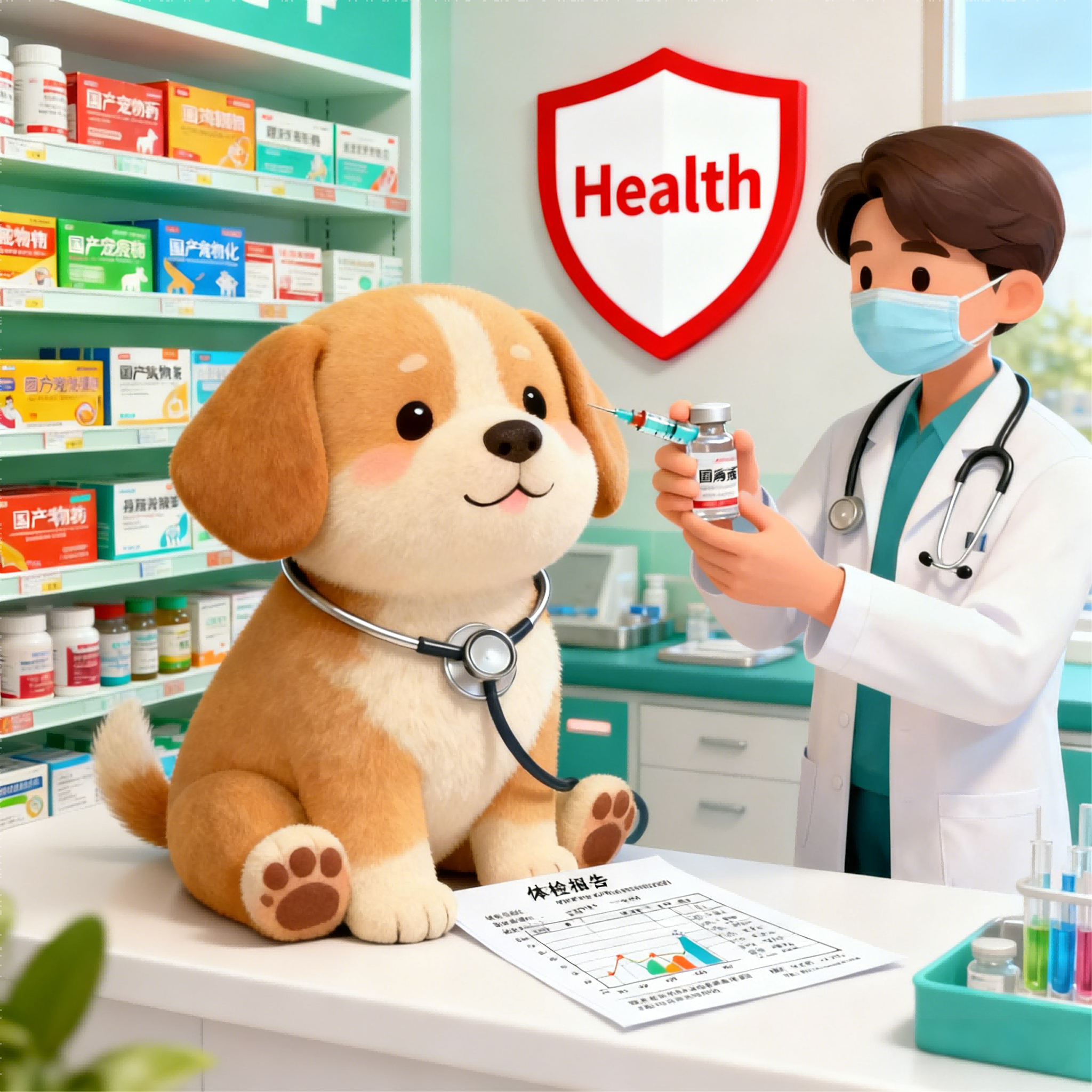

Nov. 19, 2025
China’s pet economy is entering a golden age driven by emotional consumption upgrades and scientific pet-keeping concepts, with the market scale expected to surpass 350 billion yuan in 2025 and exceed 400 billion yuan by 2027, maintaining a CAGR of over 10%. This rapid expansion is reshaping industry dynamics across food, healthcare, and tech sectors, while domestic brands and innovative business models gain unprecedented momentum.

Food Sector: Premiumization Meets Channel Innovation
As the largest sub-market, pet food reached 158.5 billion yuan in 2024, accounting for 52.8% of the total industry scale. A clear shift toward premiumization is underway: main food’s share has climbed from 62.4% in 2017 to 67.6% in 2024, and is projected to hit 68% in 2025, with functional, grain-free, and customized options leading growth. Wet food sales surged 33.1% in Q1 2025, while baked and freeze-dried products saw 45%+ growth, with domestic brands dominating the segment with a 59% CR5.
E-commerce is redefining distribution: Douyin and Pinduoduo have become key growth drivers, with sales models evolving from influencer promotion to "content + community + e-commerce" omnichannel marketing. Online channels now account for over 60% of sales, giving domestic brands like Goodboy Pet an edge in rapid iteration and localized operations, accelerating the replacement of imported brands.
Healthcare: Chain Expansion and Domestic Substitution
Pet healthcare, the second-largest segment at 84.1 billion yuan in 2024, grows at a 16.7% CAGR. Chain hospitals are expanding aggressively through mergers and franchising to increase market concentration, with high-value services like physical exams and specialized treatments gaining traction. A breakthrough in domestic vaccines—eight feline triple vaccines have passed emergency evaluations—has broken import monopolies. Priced 30-50% lower and better adapted to local strains, domestic vaccines are expected to reach 40% penetration in 2025, reducing overall medical costs.

Tech Products: The "Smart Pet" Revolution
Pet tech has emerged as a core growth engine, with the 2024 market scale hitting 10.2 billion yuan—20% of total pet supplies—and first-tier city penetration exceeding 35%. AI-powered products address key pain points: 42.5% of owners struggle with pet hair/odor, driving demand for smart feeders (37% purchase rate), pet vacuums (34.5%), and health monitors (top 5 category). Companion robots and smart collars led the surge with 210% and 180% year-on-year sales growth respectively. However, 20% of users complain about disconnected devices requiring separate apps, making ecosystem integration a critical focus.
Consumer Dynamics: Emotional Bonds and Rational Choices
Demographic shifts fuel demand: solitary young adults and silver-haired groups view pets as emotional companions, pushing per-pet annual spending up 45% since 2020 to 4,440 yuan. 58% of owners regard pets as family, with 65% preparing customized diets and 26% taking pet portraits. Yet rationality prevails: 63.6% prioritize breed/age-specific products, 60.5% check ingredients, and 51% value cost-effectiveness.
Emerging segments reflect diverse needs: pet insurance grows 50% annually despite <1% penetration, while eco-friendly pet funerals (e.g., biodegradable caskets) and exotic pet supplies (aquatic, reptile) gain popularity among Gen Z seeking personalization.

Challenges and Outlook
Despite potential, the industry faces homogenization, rising channel costs, and stricter regulations—pet food standards and medical practice rules are being tightened. To thrive, enterprises must invest in R&D and brand building.
"2025 marks a pivotal year where quality, technology, and emotional resonance converge," noted industry analysts. With domestic brands, smart innovation, and standardized services leading the way, China’s pet economy is set to become a vital consumer growth pillar.